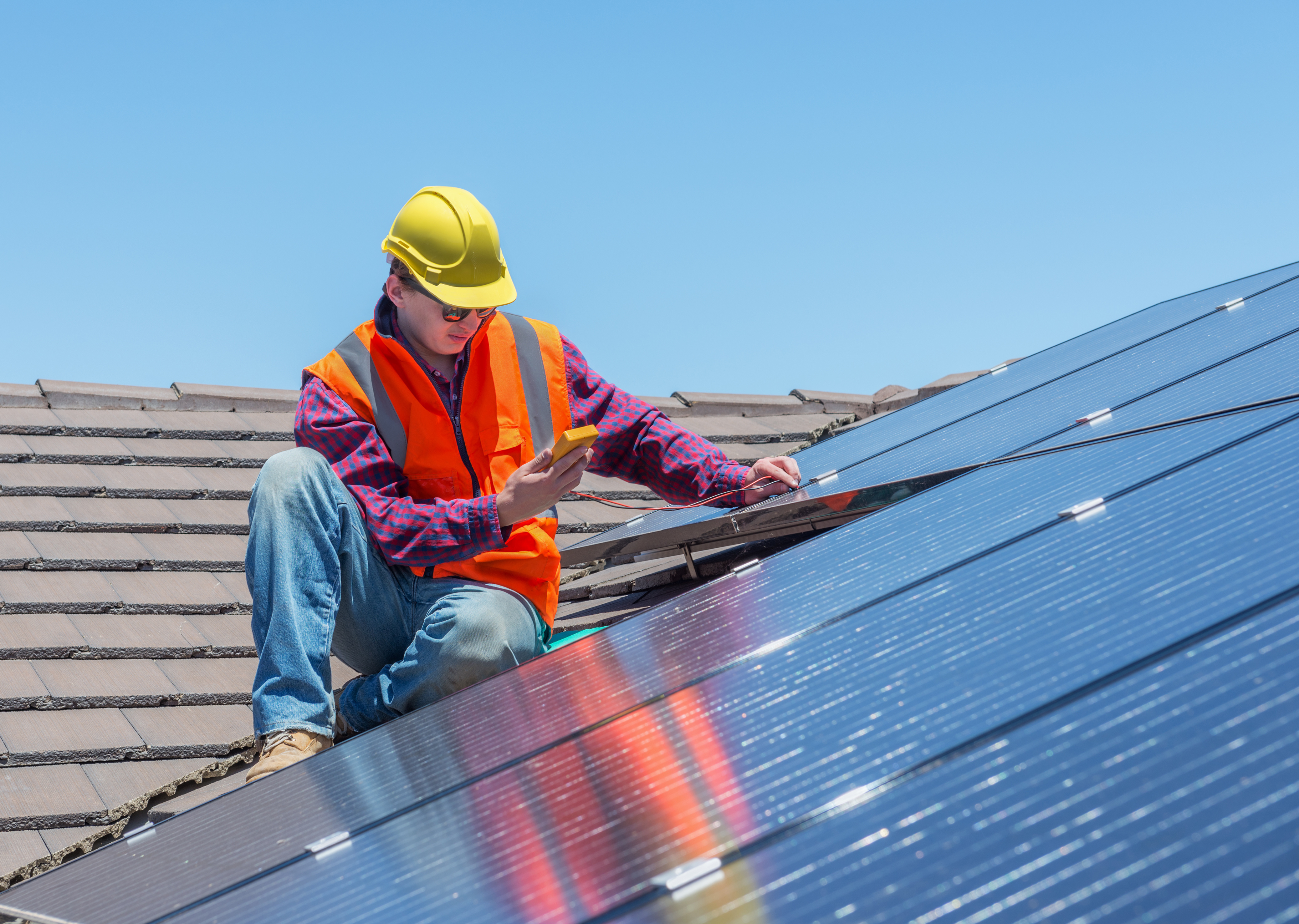
The Inflation Reduction Act of 2022 has heavily modified the Section 179D Energy Efficient Commercial Building Deduction and the Section 45L Energy Efficient Home Credit, two valuable federal income tax incentives promoting green construction in 2023.
To maximize the 179D deduction on commercial buildings, taxpayers need to meet prevailing wage requirements. If met, the amount of the deduction increases five-fold, from $0.50–$1.00 when not met to $2.50–$5.00 per square foot when prevailing wage requirements are satisfied. Similarly for multifamily homes, the maximum §45L Credit quintuples from $500–$1,000 per residence to $2,500–$5,000 per home depending on qualification level. Single-family homes under the new IRA rules do not need to meet prevailing wage requirements to obtain the higher $2,500 to $5,000 45L credit.
While the Internal Revenue Service updated Sections 179D and 45L of the tax code to include the prevailing wage requirements, they did not contain language explaining how taxpayers could meet them. The IRS recently published Notice 2022-61 to explain how taxpayers can meet these requirements.
Prevailing wage requirements under Sections 179D and 45L
Taxpayers must pay the prevailing wage rate, which is published by the Secretary of Labor on www.sam.gov, for the geographic area and type of construction project. The rate applies to work performed in the construction of the facility and for ongoing repairs and alterations during the applicable tax credit period. The taxpayer, along with any contractors and subcontractors must maintain records of prevailing wage rates.
Apprenticeship requirements under 179D
The 179D deduction also has apprenticeship requirements. Taxpayers must ensure the work on the project was performed by qualified apprentices determined by the Apprenticeship Labor Hour Requirements. Under the Good Faith Effort, the taxpayer is deemed to have satisfied the apprenticeship requirements if the taxpayer has requested qualified apprentices from a registered apprenticeship program.
One area of concern of Notice 2022-61 arises when architects, engineers and other design professionals are allocated the 179D deduction from a public or other tax-exempt entity. The designer may not have full visibility as to whether prevailing wage requirements are met for work performed by an unrelated contractor, thus creating a trap for the unwary. Hopefully, the IRS will provide further guidance in this situation.


